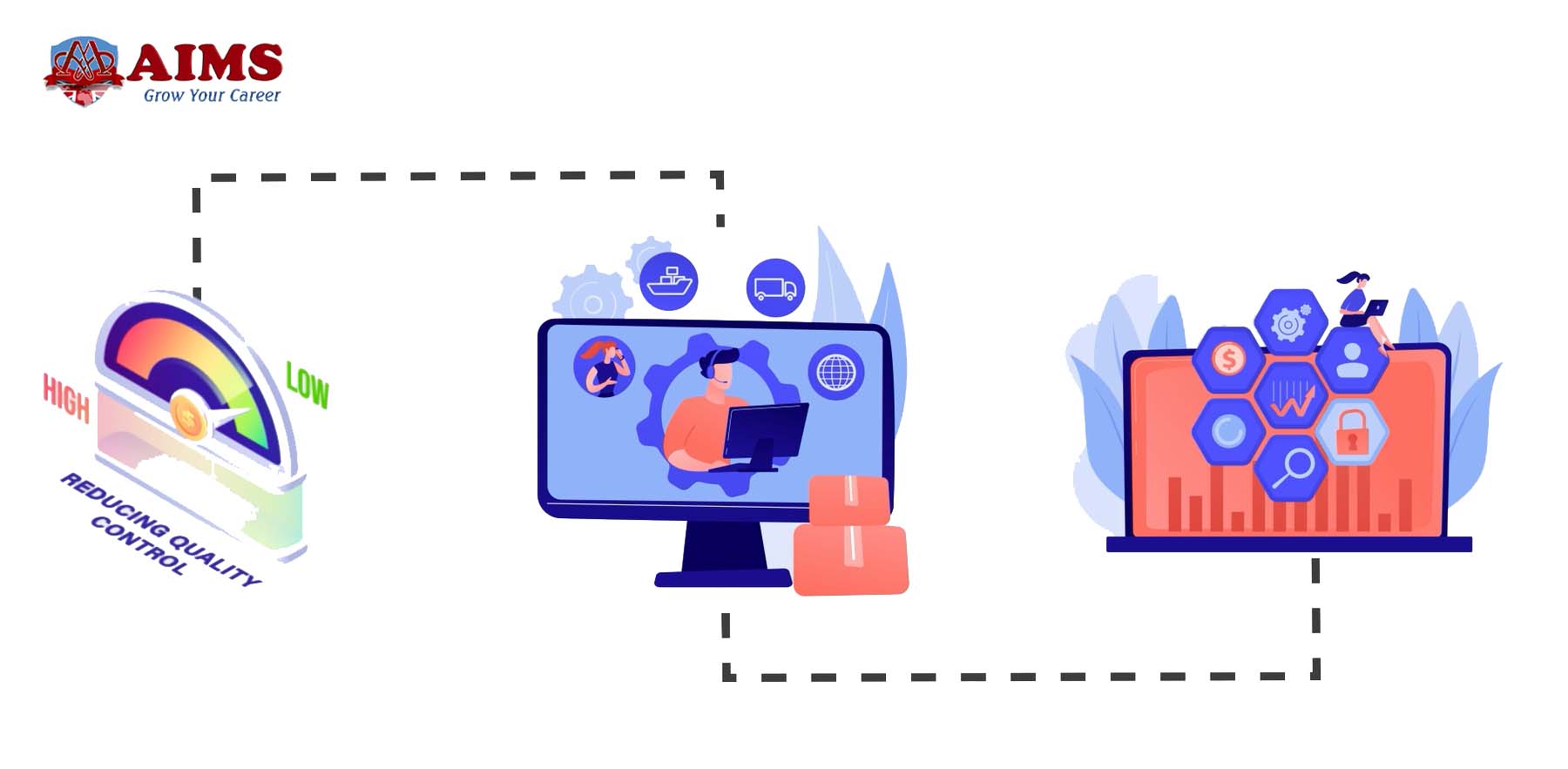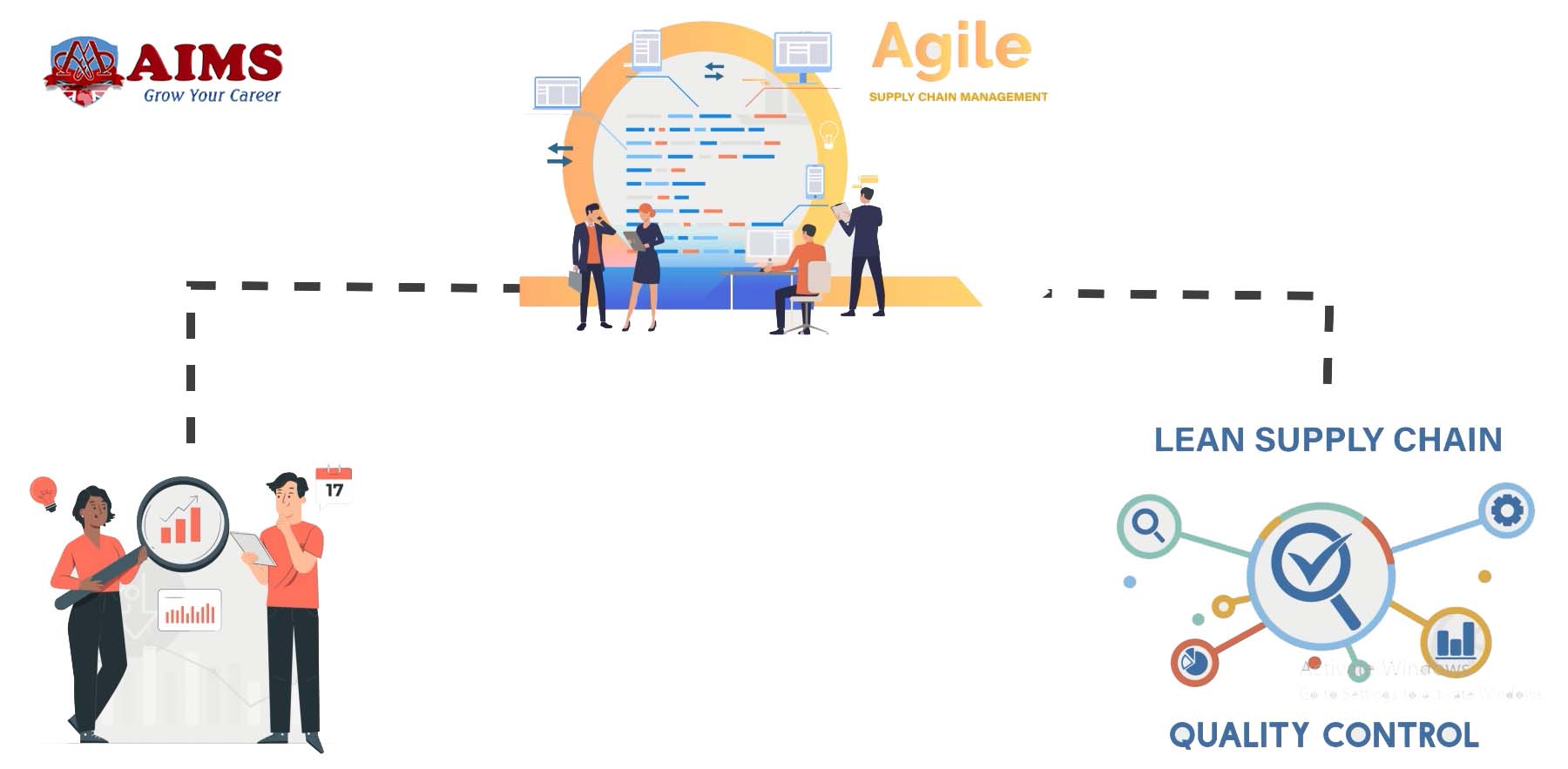What is Lean Supply Chain?
While the standards of typical supply chain management are known to most business owners, a new wave of lean supply chain management is becoming more popular for a variety of reasons. The lean supply chain starts with what effective supply chain management hopes to accomplish. In general, it starts with operating on the same principles of efficiency but emphasizes overall quality. This means a reduction of defective goods to zero, lowering waste, and increasing efficiency as a result. It emphasizes a lower number of returns by customers so that every product that is sold is kept. Reducing quality control issues and having to handle customers with their returns, reduces overall expenses. Most lean supply chain examples are defective products, such as recalled cars.

Lean Supply Chain Definition:
The lean supply chain is an agile supply chain that has a strong focus on value creation, customer satisfaction, and cost reduction. It is possible to have a lean supply chain without lean production, but it is much harder. Lean production involves improving efficiency, reducing costs, and improving quality while reducing waste through a continuous improvement process. While lean production doesn’t need to be tied to a lean supply chain, having both will give you the best results.
- A lean supply chain can be used to improve efficiency in order to reduce costs and increase quality.
- Lean production can also be used to improve efficiency and reduce waste by eliminating unnecessary steps along the way.
The key is to ensure that all steps are focused on creating value for the customer.
This topic is discussed in more detail in the supply chain courses online, which is offered by AIMS. The institution is globally accredited, with the best supply chain management programs through 100% interactive learning content.
“When implementing a lean supply chain, it’s important to remember that every stage of the process needs to be focused on creating value for the customer. This includes managing inventory, managing product specifications, managing procurement and managing transportation.”
Key Point!
Lean VS Agile Supply Chain:
Lean vs agile supply chain is really the difference in emphasis. Agile supply chain management focuses on the changing environment of business while lean supply chain is focused on quality control.

Characteristics of Lean Management Supply Chain:
The characteristics of a lean management supply chain start with the products themselves.
- An examination of why defects occur and improving overall standards so that all goods are free of defects.
- While defects will occur even in environments that emphasize high-quality control standards, their numbers can be significantly reduced which in turn benefits the rest of the company.
The lean supply chain examples mostly come from defective products that have slipped through, such as recalled vehicles. When a vehicle is recalled by an auto manufacturing firm, the costs associated with repairing the issue can be considerable. This means creating new parts and paying for the labor associated with the repair, not to mention the inconvenience caused to the customer. It is among the fastest growing supply chain method, and there is also an importance of supply chain planning and control in lean SCM.
Lean Supply Chain Examples:
lean SCM emphasizes quality of product, effective bill of materials, improving equipment, and working towards creating a better, stronger, item that results in fewer defects. For companies that have taken this approach, especially with products that may be complex or have a difficult manufacturing process, the results have been considered in terms of overall savings and creating a more efficient manufacturing system.
Lean SCM is gaining popularity in the supply chain and logistics field.

Advantages of Lean Supply Chain:
There are solid advantages to lean supply chain management practices. This is especially true for companies that produce manufactured goods.
1. BETTER MANUFACTURING TECHNIQUES:
The emphasis on quality control not only means creating better products but better means of creating products. This means that the innovation focuses on improving the manufacturing process to eliminate mistakes.
2. LOWER ADMINISTRATIVE COSTS:
The costs associated with dealing with returns can be considerable even when the number of items is relatively low. By reducing the number of defective goods, you reduce the associated administrative cost of working with customers, replacing the item, and sending a new one back to them.
3. IMPROVED BRAND:
By manufacturing goods that are tough, durable, and less prone to defects, you increase the status of your company. This can be a powerful advertising tool that promotes the company brand by word of mouth which is the most powerful form of advertising.

Elements of Lean Supply Chain Management:
Lean SCM is an ongoing process of optimization that aims to maximize the efficiency and effectiveness of a supply chain. It consists of four main elements:
- Lean Production,
- Lean Procurement,
- Lean Inventory, and,
- Lean Logistics.
To be successful, these elements must be implemented systematically and consistently across the entire supply chain. By implementing these four key elements of lean supply chain management, a business can achieve significant cost savings and increased profits.
